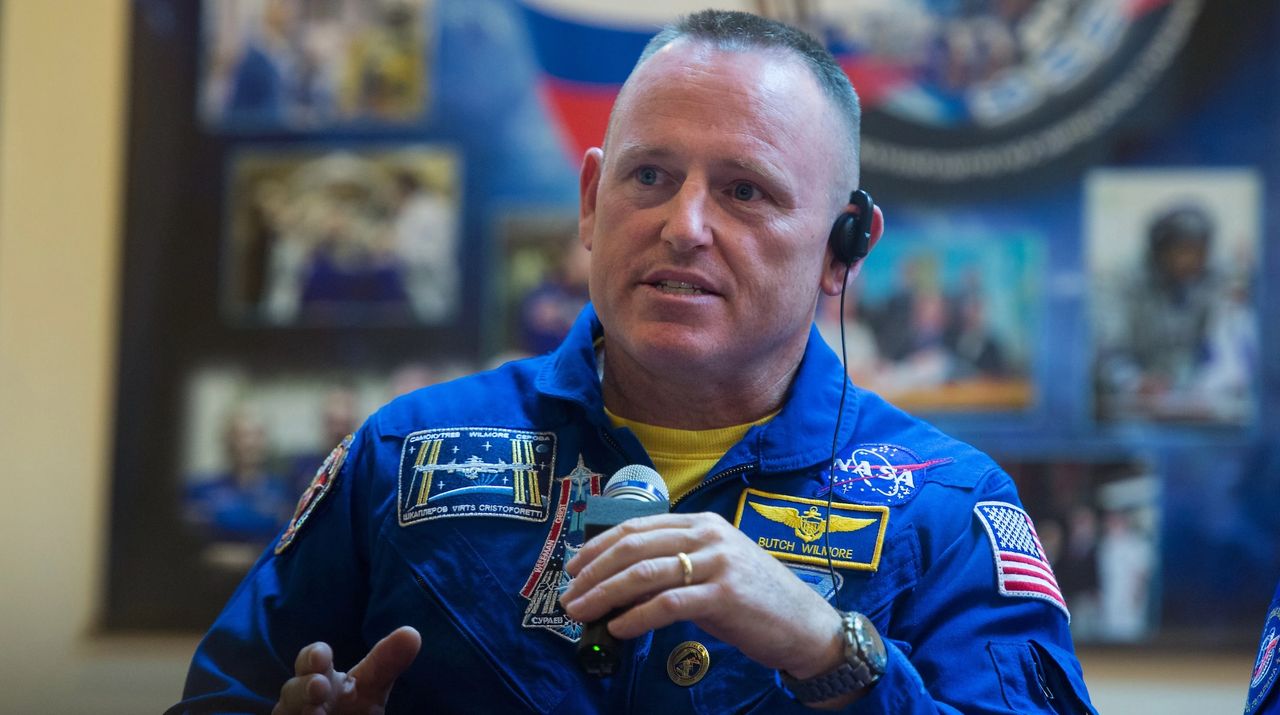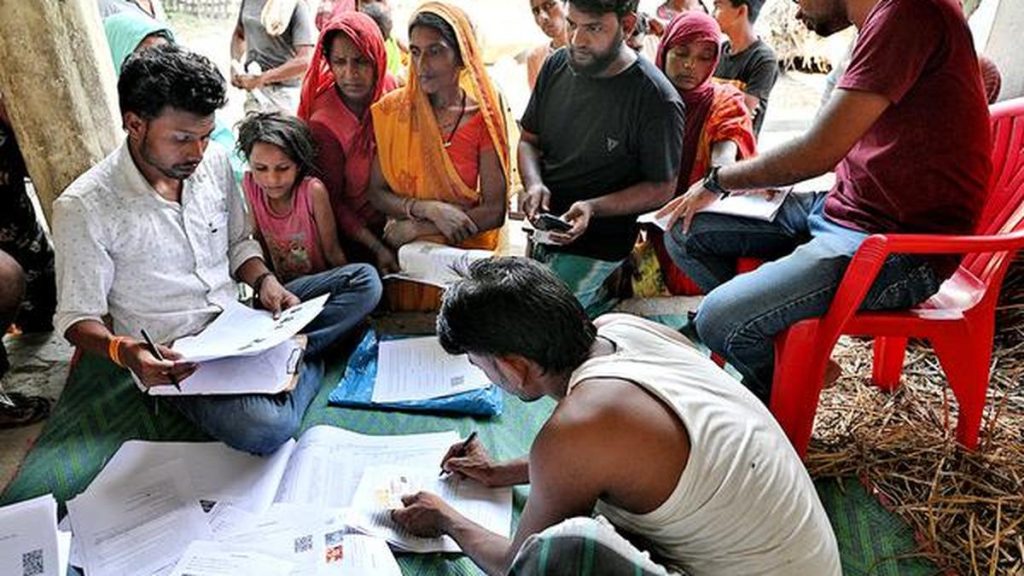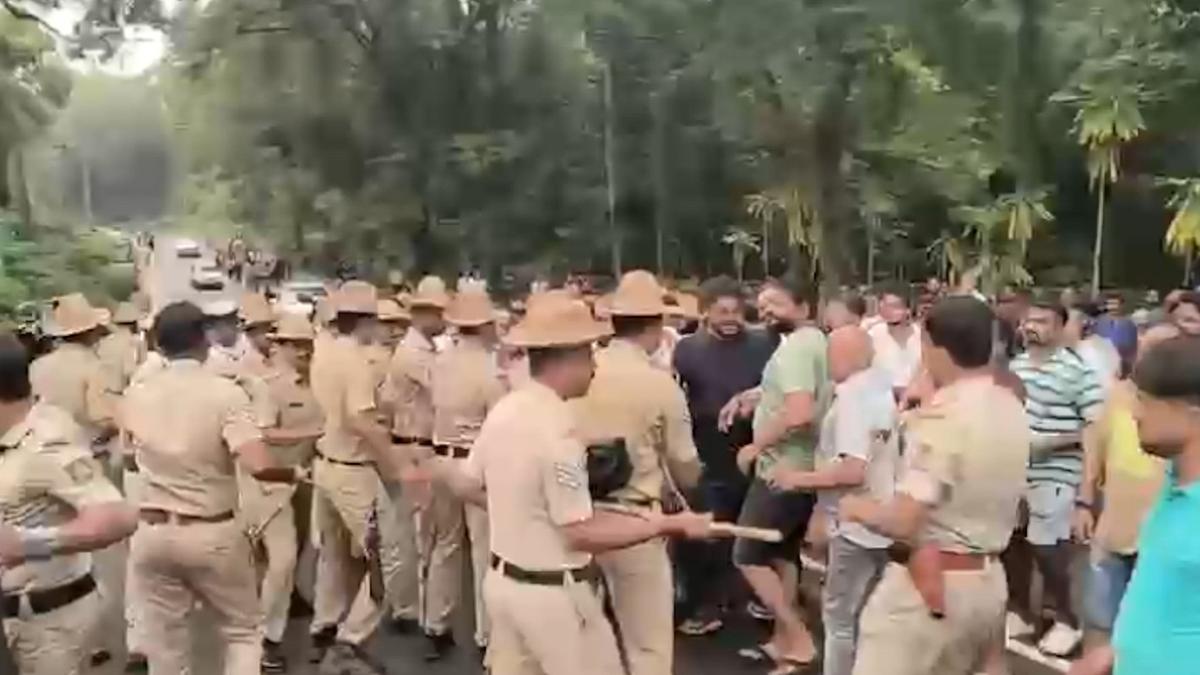Now Reading: Butch Wilmore Bids Farewell to NASA After 25 Years of Service
-
01
Butch Wilmore Bids Farewell to NASA After 25 Years of Service
Butch Wilmore Bids Farewell to NASA After 25 Years of Service

Fast Summary:
- NASA astronaut Barry “Butch” Wilmore has retired after 25 years of service, which began in 2000.
- Wilmore flew on four different spacecraft during his career, spending a total of 464 days in space and performing five spacewalks totaling 32 hours.
- Key missions include:
– The STS-129 mission to the international Space Station (ISS) aboard Space Shuttle atlantis in November 2009.
– A six-month stay aboard the ISS from September 2014 to March 2015 via a Russian Soyuz spacecraft.
– The inaugural crewed flight of Boeing’s Starliner astronaut taxi in June 2024, which faced thruster issues and resulted in an extended ISS stay for troubleshooting before returning uncrewed.
– Final return aboard a SpaceX Crew Dragon capsule as part of Crew-9’s mission in March this year.
- Previously a U.S. navy captain and test pilot with operational experience,wilmore expressed his awe at the cosmos and highlighted its connection to life on Earth during his farewell statement.
- His retirement comes shortly after fellow astronaut Kate Rubins departed NASA on July 28.
Image: NASA astronaut barry “Butch” Wilmore speaking into a microphone [Source: NASA/Aubrey Gemignani].
Indian Opinion Analysis:
Barry Wilmore’s retirement marks the end of an illustrious phase for NASA’s human space exploration program. His technical expertise spanned diverse spacecraft platforms-contributing substantially to international collaborations like flights on Russian Soyuz vehicles as well as advancing commercial programs such as Boeing’s Starliner and SpaceX Crew dragon capsules.
India can draw several takeaways from such careers when building its own human spaceflight sector under projects like Gaganyaan. long-term investments in versatile astronauts with both military and scientific training could be key for maintaining operational effectiveness across missions spanning decades – just as seen with stalwarts like Wilmore.
Additionally, challenges with new systems such as Starliner emphasize robust pre-launch testing, particularly critical for India’s upcoming indigenous crewed launches aimed at expanding its global aerospace footprint while ensuring safety standards benchmark well against international practices.























